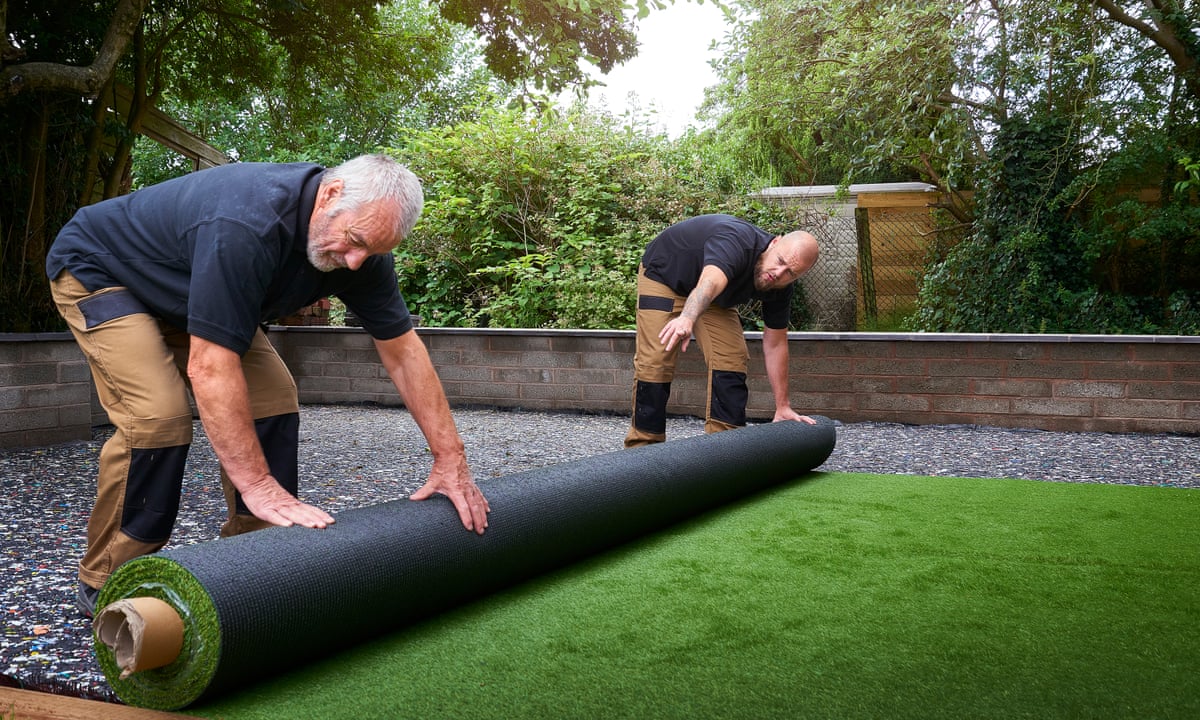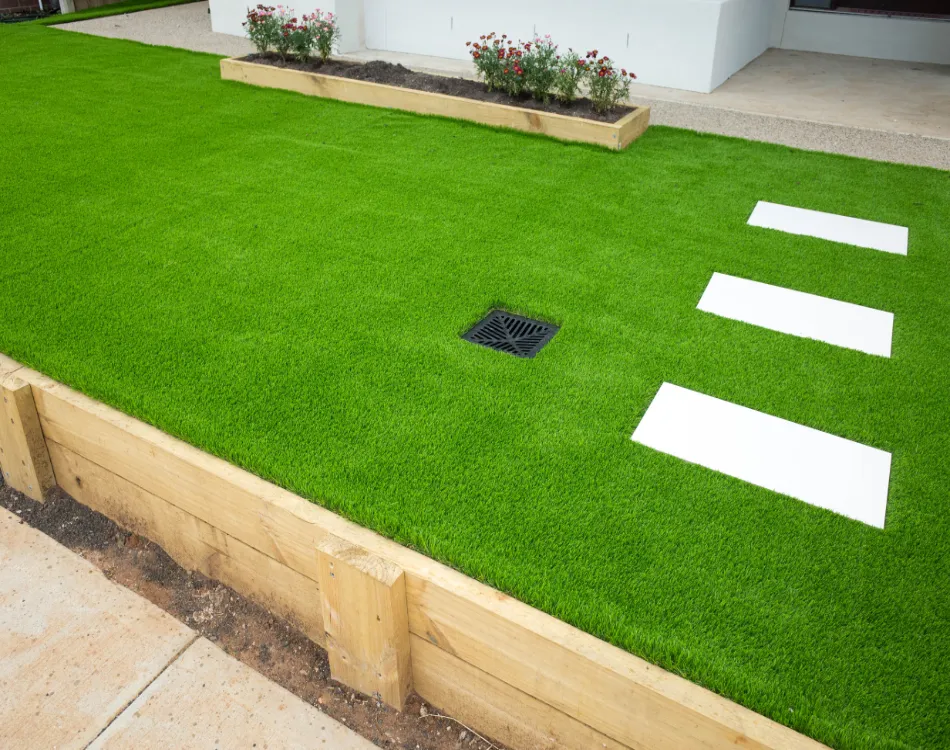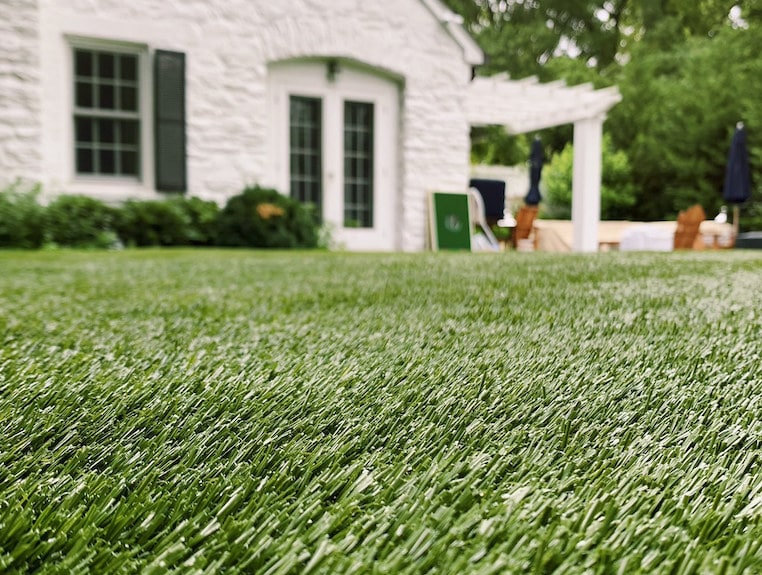Find the Top Artificial Turf Companies Phoenix for Your House or Business
Find the Top Artificial Turf Companies Phoenix for Your House or Business
Blog Article
Look Into the Environmental Conveniences of Opting for Synthetic Grass Solutions
The fostering of synthetic lawn solutions provides a compelling possibility to address pressing ecological obstacles. By considerably lowering water use and reducing the application of harmful chemicals, these options not just advertise lasting landscaping however additionally shield local ecosystems.
Water Preservation Conveniences
Among the most significant advantages of synthetic grass is its capability to preserve water. Traditional turf yards call for significant irrigation, especially in areas prone to drought or water limitations. On the other hand, synthetic grass does not require watering, dramatically decreasing the total demand for water sources. This function is specifically helpful in dry areas where water deficiency is a pushing worry.
By eliminating the demand for routine watering, fabricated turf adds to sustainable landscape methods and assists mitigate the environmental influence of excessive water usage. Moreover, the preservation of water reaches the reduction of runoff, which can cause dirt disintegration and waterway pollution.
In addition, the installation of synthetic grass enables districts and house owners to designate water resources extra successfully, concentrating on crucial usages such as drinking water and agriculture. The shift towards synthetic grass not only promotes responsible water use yet additionally aligns with wider environmental goals focused on preserving natural deposits.
As neighborhoods significantly prioritize sustainability, the water conservation advantages of artificial lawn offer a compelling case for its fostering in household and business landscaping projects.
Lowered Chemical Use
The shift to synthetic grass considerably decreases the dependence on chemical treatments typically used in natural yard upkeep. Standard grass management generally involves the application of herbicides, chemicals, and plant foods to advertise development and control parasites. These chemicals can posture threats to human health, regional wildlife, and the atmosphere, contributing to soil and water contamination.
In contrast, man-made lawn eliminates the need for these unsafe substances. By reducing the release of synthetic compounds right into the ecological community, artificial turf promotes healthier soil and water systems.
Additionally, the lack of chemical runoff associated with synthetic grass installations assists safeguard regional waterways from air pollution, sustaining water life and keeping biodiversity. Turf installation phoenix az. As neighborhoods progressively focus on sustainable techniques, choosing synthetic grass presents a sensible remedy that straightens with environmental conservation goals. Via this shift, building proprietors can appreciate lavish eco-friendly spaces without endangering environmental health, paving the method for an extra lasting future
Lower Carbon Footprint

In addition, the installation of synthetic grass can lead to substantial water conservation. Natural lawns require substantial Visit Website quantities of water for watering, which not only adds to the carbon impact connected with water extraction and therapy but likewise pressures neighborhood water sources. On the other hand, synthetic grass requires marginal maintenance, requiring no watering, consequently significantly decreasing water use and its linked power costs.
Additionally, the durability of fabricated turf adds to its decreased carbon influence. With a life-span of approximately 15 years or more, the requirement for regular replacements is reduced, leading to much less waste and reduced power intake in manufacturing and throwing away standard lawn alternatives. Overall, synthetic grass offers a sustainable choice for eco mindful landscaping.
Environment Conservation
Habitat preservation is a vital consideration in the argument over landscaping choices, particularly when contrasting fabricated lawn to all-natural turf. Natural yard yards usually need substantial maintenance, consisting of using herbicides, chemicals, and fertilizers, which can detrimentally impact neighborhood ecological communities. These chemicals can seep into the soil and waterways, harming indigenous flora and animals and interrupting neighborhood habitats.
On the other hand, synthetic grass offers a chance to lower the environmental impact of landscaping. By opting for artificial grass, home owners can reduce the disruption of natural environments connected with conventional grass care techniques. Fabricated grass removes the demand for dangerous chemicals, thus shielding nearby wildlife and keeping the integrity of surrounding ecosystems. Additionally, the installment of synthetic grass can lead to the conversion of former lawn locations right into even more biodiverse landscapes, such as pollinator gardens or native plant areas, which can support regional wild animals.
Ultimately, the change to synthetic grass not just saves water and decreases maintenance initiatives however likewise fosters a much more harmonious partnership in between human activities and the natural setting, advertising habitat conservation in the procedure.
Long-Term Sustainability
Long-lasting sustainability is a critical variable in examining the advantages of artificial lawn over standard turf lawns. Among the most substantial benefits of artificial lawn is its toughness; it can last as much as 15-20 years with minimal upkeep, whereas all-natural lawn find more requires constant reseeding and replacement. This long life decreases the demand for continuous sources, such as water, fertilizers, and chemicals, which are vital for keeping a healthy yard lawn.
In addition, synthetic lawn adds to a decrease in carbon emissions related to grass care tools. Clicking Here Traditional yards often need gas-powered lawn mowers, trimmers, and blowers, every one of which add to air pollution. Phoenix turf companies. On the other hand, synthetic grass removes the need for such devices, advertising a cleaner setting
Moreover, the production of fabricated grass increasingly utilizes recycled materials, improving its sustainability account. As suppliers take on environment-friendly techniques, the ecological impact of artificial turf continues to reduce.

Verdict
The adoption of synthetic grass remedies offers significant environmental benefits, consisting of substantial water conservation, minimized dependence on hazardous chemicals, and a lower carbon footprint. Synthetic turf help in maintaining all-natural habitats by reducing land disturbance and promoting long-term sustainability through the usage of long lasting products. Jointly, these aspects highlight the potential of synthetic grass to contribute positively to ecological health and wellness and provide a feasible choice to conventional landscaping techniques in an increasingly resource-conscious globe.
In contrast, fabricated grass does not need watering, substantially reducing the overall need for water resources. By decreasing the launch of artificial compounds right into the environment, synthetic grass advertises healthier dirt and water systems.
Moreover, the installation of man-made grass can result in considerable water conservation. In comparison, synthetic lawn needs marginal maintenance, needing no watering, therefore dramatically decreasing water use and its associated power expenses.

Report this page